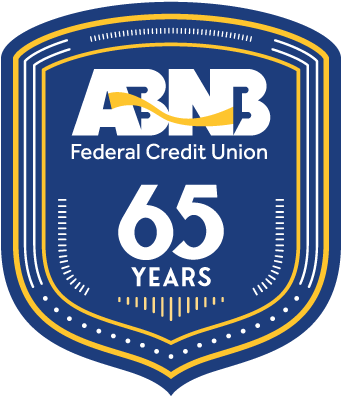Financing higher education without the headache.
Paying for college is a big undertaking, and you shouldn’t do it alone. ABNB offers financing that can help borrowers bridge gaps in funding without paying higher rates and fees.
Key Features
-
![]() Competitive Rates
Competitive Rates -
![]() Flexible Repayment
Flexible Repayment -
![]() No Origination Fees
No Origination Fees
Many Americans can’t afford to pay for college out of pocket, so student loans help pay for higher education by bridging the gap — whether it’s the entire tuition bill or just a few thousand dollars. Even more, student loans can be used for all sorts of qualified education expenses, not just tuition. Books, software, hardware, and even housing.
At ABNB, members pursuing higher education can hit their goals for less. Our stress-free undergraduate line of credit includes:
- Competitively low, variable rates
- Zero origination fees
- Flexible repayment options and terms
- World-class member service from first day to graduation
How does it work? Borrowers can secure funding for their entire undergraduate journey with a single application. Unlike loans, which need to be re-applied for year after year, our line of credit allows borrowers to draw funds as needed without having to reapply.
This option also provides convenient repayment terms and in-school deferment, which many private and personal loans don’t offer. Additionally, borrowers can take advantage of longer repayment periods than a fixed rate loan, which may result in a lower monthly payment even with a variable rate.
Traditional financial aid from the government requires completing a FAFSA® application — a long and arduous process that requires documentation and multiple reviews. Depending on you, your parent’s, and/or co-borrower’s income, federal loans may not even cover the entire tuition bill.
College can be stressful enough for parents and students, which is why we built an innovative, stress-free solution: Our undergraduate private education line of credit is used to fill funding gaps left behind by other sources of financial aid. Our convenient, easy-to-use application portal can walk applicants and co-borrowers through the steps in next to no time.
When a student can’t pay for higher education in full, or when federal aid doesn’t cover a student’s entire tuition bill, some borrowers may look to other options. Private student loans exist, but often come with higher interest rates. Personal loans are another option but often come with double-digit interest rates. Both options can result in more student loan debt than is necessary, and offer fewer repayment options.
| Federal Student Loans | Private Student Loans | Personal Loans |
|---|---|---|
| Take advantage of more affordable rates and terms than a personal loan. | Interest rates vary based on creditworthiness | Personal loans often come with much higher double-digit interest rates. |
| Flexible repayment options, often based on post-graduate income levels | Repayment options may include deferment, but sometimes include mandatory minimum payments before graduation | Set repayment terms that cannot be negotiated or changed after origination |
| Loan term lengths that offer forgiveness after a set number of years and on-time payments | Shorter term lengths that may be refinanced to lower payments with extended terms | Beware of fixed payment terms that may not fit your budget requirements |

